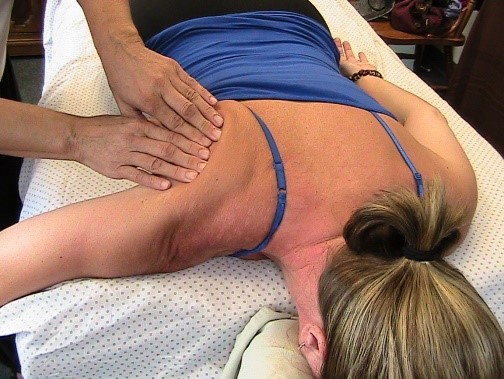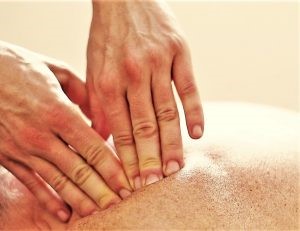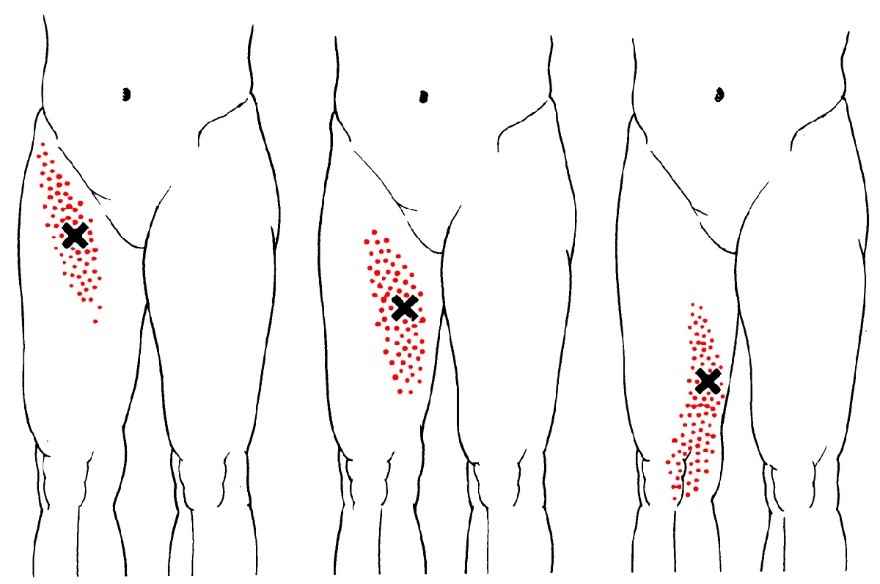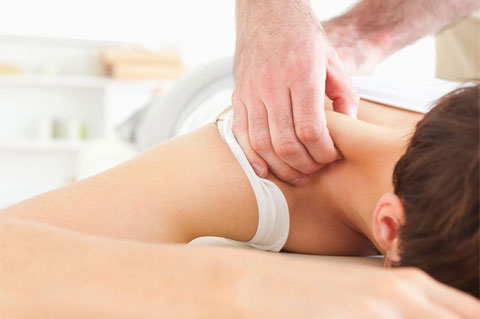
Identify perpetuating factors causing pain
March 16, 2018For many consumers, the current economy is weeding out all but the most essential products and services. If imperative to know that massage treatments isn't just "nice to have".
A growing body of research shows massage therapy can be an effective part of pain relief and management. January/February 2003 issue of Practical Pain Management magazine.
According to AMTA Consumer Surveys 2011 and 2012: Forty-three percent of adult Americans who had a massage between July 2011 and July 2012 received it for medical or health reasons. Eighty-nine (90) percent agree that massage can be effective in reducing pain.
Relief of muscular pain and dysfunction is one thing most clients are desperate to find at some point in their lives. Signs of distressing ubiquitous muscle aches and pains of man are overlooked and misunderstood.
Many patients endure needless pain and medical tests due to lack of recognition and treatment of myofascial trigger points. Under-treatment of chronic pain in older adults is common, contributing to unnecessary suffering. It's astonishing as chronic pain falls between the cracks of modern medicine. All too often physician rely on the time worn options of muscle relaxers, pain-killing drugs or when nothing else works, surgery.
The primary cause of pain 75% of the time is due to trigger points according to research. A big problem is lack of awareness of "referred pain", from muscles and methods needed to eliminate it. Most of this work is sidelined by physical therapy and medical profession and medical training institutes.
Although all this work is documented and mapped out by the work of Dr. Janet Travell. History of Dr. Janet Travell: She was President Kennedy personal physician; an internist who began her research in 1940's documenting pain patterns and their role in diagnosis and treatment. She mapped out the distribution of hundreds of trigger points which is major cause of muscular pain today. Most early research in trigger points originated in Germany and Scandinavian countries in mid 19th century.
Trigger points are irritable tight spots found in the muscles of chronic and acute conditions. Massage therapist are the most appropriate practitioners to acquire and develop the skills of locating and deactivating trigger points. Well trained massage therapist bring an extensive knowledge of muscular anatomy and have good hands on skills and good listeners. I say good listeners because it's the perpetuating factors that cause trigger points and keep them going. By taking a thorough assessment of the client, the practitioner can do detective work to identify what they may be doing to cause the pain.
In or der to stop trigger point activity, the perpetuating factors need to be identified and eliminated or modified to stop the pain and stop the offensive activity. Understanding TrPs and their perpetuating factors can give some measure of control over symptoms. Providing education to the client about the contributors to their pain is a tip for prevention and eliminating the condition.
der to stop trigger point activity, the perpetuating factors need to be identified and eliminated or modified to stop the pain and stop the offensive activity. Understanding TrPs and their perpetuating factors can give some measure of control over symptoms. Providing education to the client about the contributors to their pain is a tip for prevention and eliminating the condition.
For instance, one study by Kin et al (1995) found 100% of their subjects with cervicogenic headaches (non pathological headaches) had myofascial trigger points that triggered headaches. (Muscles involved are trapezius, SCM, splenii, suboccipital)
Another study, by Dr. Moldwin, leading urologist found that pain from the muscles may be responsible for as much as 75-80% of painful bladder syndrome. (muscles involved are rectus abdominis, illiopsoas)
other examples of common diagnoses frequently un recognized as myofascial trigger points:
(carpal tunnel) painful weak grip that may drop things has muscle origins in infraspinatus, scalenes, hand extensors muscles. Maybe caused by carrying a heavy backpack on one side (scalene and cramping shoulder into clavicle)
(occipital neuralgia) blurred vision, dizziness, and brutal headache has muscle origins with suboccipitals, semispinalis, and posterior cervical muscles. Maybe caused by overextended neck extension such as head forward and up position as head on hands watching tv
 (arthritis of hip, torchanteric bursitis or hip pain) deep ache in hip prevents walking and lying comfortably on that side has muscle origins with TFL and weakens ITB. Maybe due to sleeping in curled position.
(arthritis of hip, torchanteric bursitis or hip pain) deep ache in hip prevents walking and lying comfortably on that side has muscle origins with TFL and weakens ITB. Maybe due to sleeping in curled position.
(groin pull) sharp sudden pain in pelvic area has muscle origins with adductor muscles. Maybe due to hip surgery, prolong sitting, slipping on ice.
(balance problems) maybe due to SCM
(Locked Knee) doesn't produce pain but weakness due to weak Quadricep muscles
(stiffness) in morning may be due multiple TrPs due to sleep posture.









